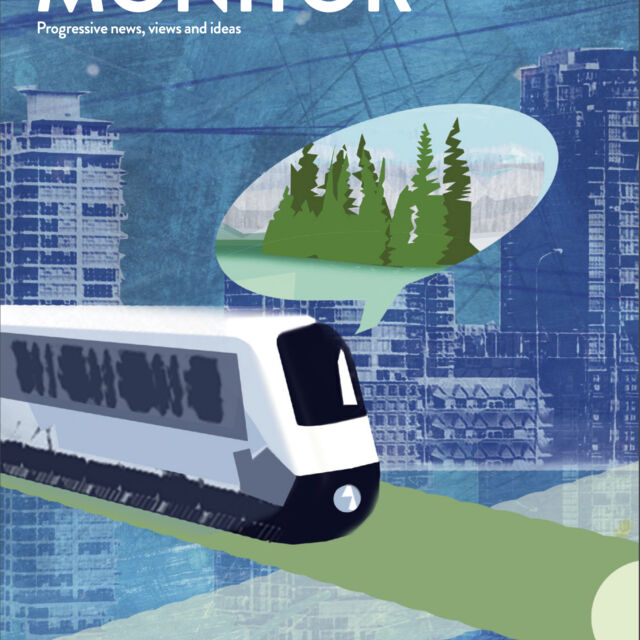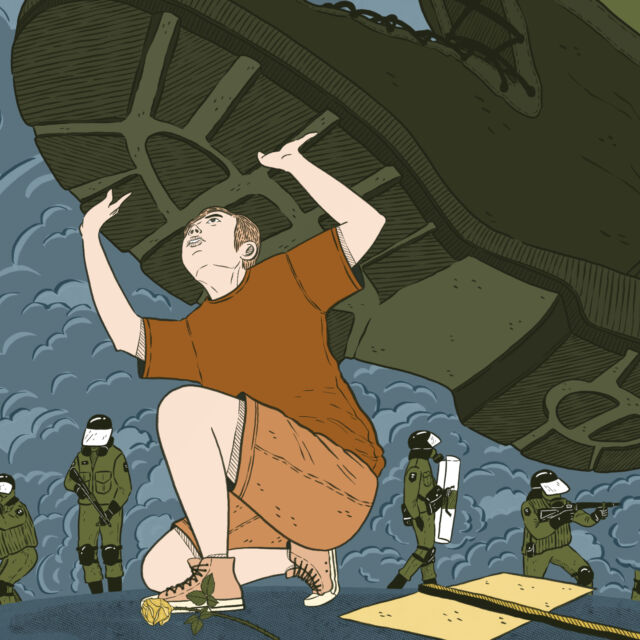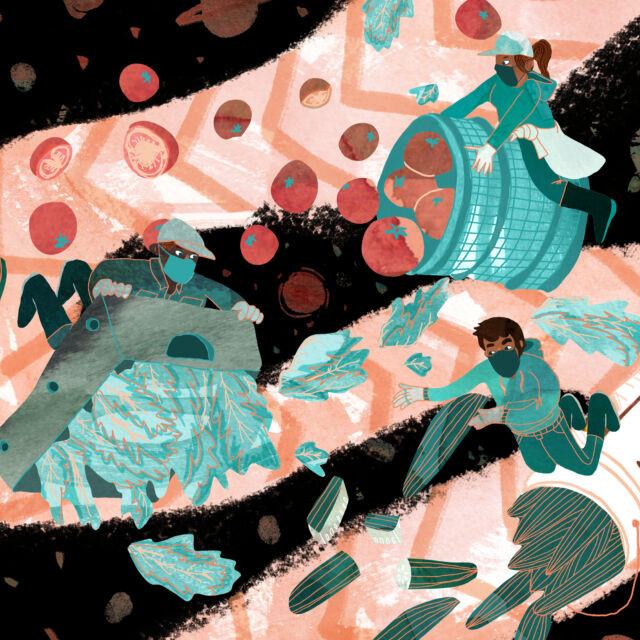In the aftermath of September 11, Canada’s Anti-terrorism Act (ATA), Bill C-36, received Royal Assent on December 18, 2001.1 Subsequent anti-terror and security bills have followed C-36, including Bill C-51, Bill C-24, and Bill S-7, expanding powers and curtailing freedoms. At the same time, new digital technologies that could not have been foreseen in 2001 have since made it easier than ever to track and document the movement and behaviours of citizens across the country.
Bill C-36, bills that followed and the broader public discourse around anti-terror measures have for two decades consistently sown seeds of hatred and suspicion against entire communities in Canada. This hatred has most notably culminated in the 2017 Québec City mosque shooting2 and the targeted hate crime against a Muslim family in London, Ontario this past summer.3
Bill C-36 also (further) criminalized protest in Canada. While the early signs of this were seen at the first major protest event held in Canada post-9/11, the 2002 G8 Summit in Kananaskis,4 the level of security surveillance and police violence reached a new heights at the Toronto G20 protests in 2010,5 at homeless encampments in Ontario6 and at the Fairy Creek and Wet'suwet'en blockades this past year.7
The January/February issue of the Monitor explores life 20 years after the introduction of Bill C-36. Our contributors explore how do Canada can begin to repair the damage two decades of Islamophobia has done to Muslim communities; what new facial recognition mean for privacy rights writ large; exploring what CSIS was collecting in the Protest Papers and more.
Notes
1 Government of Canada, Department of Justice. 2021, July 7. About the Anti-terrorism Act
https://www.justice.gc.ca/eng/...
2 Zine, Jasmin. 2021, January 28. Remembering the Québec City mosque attack: Islamophobia and Canada’s national amnesia. The Conversation. https://theconversation.com/re...
3 Gilmour, Rachel. 2021, June 10. What is the government doing about Islamophobia in Canada? Here’s what we know. Global News.
https://globalnews.ca/news/793...
4 Bergman, B. 2002, June 17. Ready for the G8. https://archive.macleans.ca/ar...
5 2020, Aug 18. Toronto police pay $16.5m to protesters wrongfully held at 2010 G20 summit. The Guardian.
https://www.theguardian.com/wo...
6 Gray, Jeff. 2021, Sept 21. Toronto spent $2-million clearing three homeless encampments in parks this summer. The Globe and Mail. https://www.theglobeandmail.co...
7 Cox, Sarah. 2021, Aug 25. Fairy Creek is set to become the largest act of civil disobedience in Canada’s history. The Narwhal. https://thenarwhal.ca/fairy-cr...
Cover artwork for the January/February issue was done by Doan Truong.









